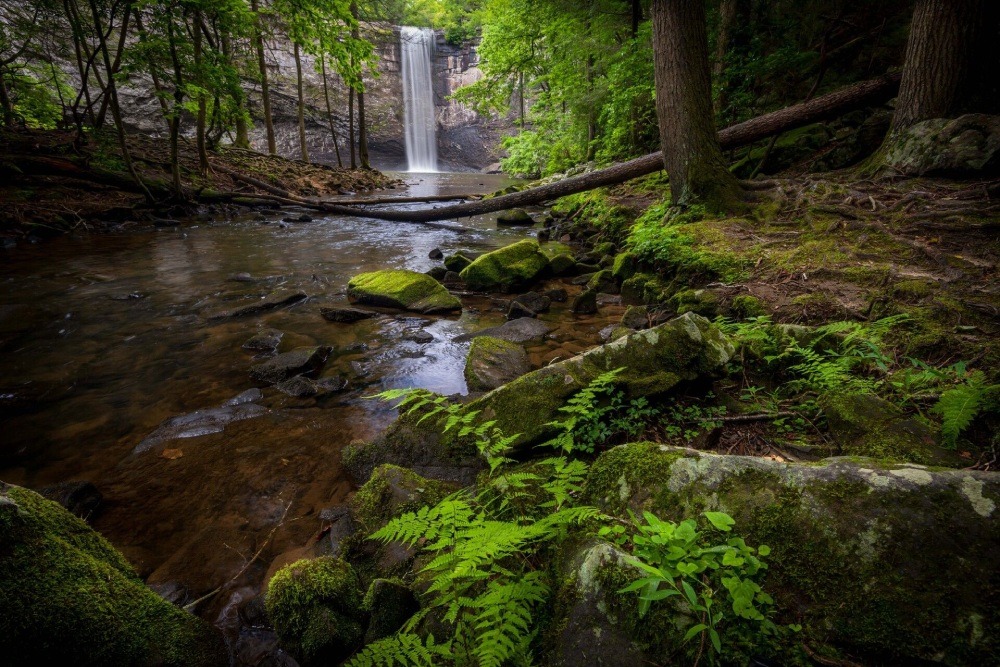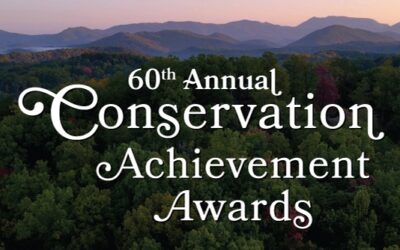Nearly 90 percent of Tennessee is privately owned, meaning it’s up to private landowners to help maintain native habitats to support healthy populations of native plants and wildlife.
Healthy Habitats are Necessary for Wildlife
Tennessee Wildlife Federation works with private landowners and public agencies to conserve and restore the four major habitat types in Tennessee: forests, grasslands, rivers, and wetlands.
The Federation’s Habitat Conservation and Restoration program has planted more than 500,000 trees across the state; restored or conserved more than 5,000 acres of forests, grasslands, and wetlands; and restored seven miles of streams and rivers to their natural flow.
Four Major Habitats
Forests
More than 50% of the Tennessee landscape is forested (approximately 14 million acres)—but not all forests are the same. Most of Tennessee’s forestland is privately owned, but there is still more than 2.3 million acres of diverse, public forestland for all to enjoy.
Grasslands
Grasslands are a critical habitat type for wildlife—one-third of the rare bird species in the Southeast require grassland habitats at some point in their life cycle. Grasslands were once widespread in Tennessee, but more than 90% of those grasslands are now gone.
Rivers
There are more than 60,000 miles of streams and rivers flowing across Tennessee, home to more than a thousand species of fish, amphibians, mussels, and more. Restoration practitioners use systems such as the Rosgen stream classification system to ensure a river or stream meets the desired habitat objectives within the landscape.
Wetlands
Around 780,000 acres of Tennessee is wetlands, and these wetlands provide crucial habitat for wildlife such as migrating waterfowl. The majority of Tennessee’s wetlands are classified as palustrine, which are intermittently to permanently flooded areas that are not within a lake or river channel.
Featured photo by Christopher Nelson




